All Science
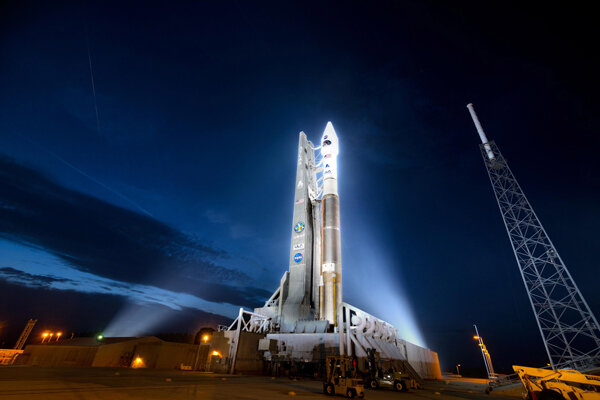 NASA space radiation probes launch delayed 24 hours
NASA space radiation probes launch delayed 24 hoursNASA launch director Tim Dunn said the launch countdown was going well until his team spotted a frequency drift in the tracking beacon used by the Air Force's Eastern Range to track the Atlas 5 rocket after liftoff.
 Mayan collapse mystery solved? Deforestation exacerbated a drought
Mayan collapse mystery solved? Deforestation exacerbated a droughtMayan collapse: One new study blames the collapse of the Mayan empire on deforestation combined with drought. Environmental and trade problems caused the Mayan collapse, says another new study.
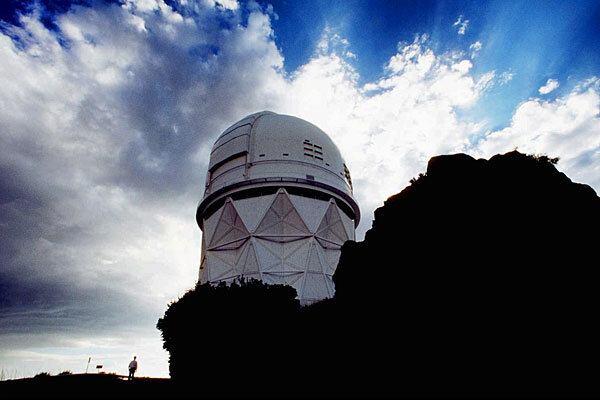 Which telescopes could lose out in astronomy's big budget crunch?
Which telescopes could lose out in astronomy's big budget crunch?Federal budget pressures in the US could force the organization that runs publicly funded observatories to divest itself of six telescopes. The list points to new priorities in astronomy.
 Helium-breathing apes display operatic vocal skills, say researchers
Helium-breathing apes display operatic vocal skills, say researchersThe gibbon, a lesser ape native to Asia, uses the same vocal techniques as trained sopranos, finds a Japanese experiment involving helium-enriched air.
 Researchers spot apes fashioning advanced tools
Researchers spot apes fashioning advanced toolsA pair of bonobos have a knack for stone drills, shovels, and other tools, suggesting that humanity's last common ancestor with the chimplike animals were also toolmakers.
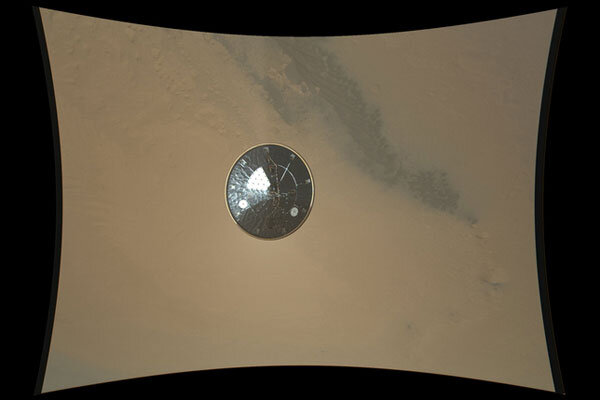 NASA releases amazing HD video of Curiosity Mars rover touchdown
NASA releases amazing HD video of Curiosity Mars rover touchdownViewers can now watch a 1080p version of the touchdown of NASA's Curiosity Mars rover, the first spacecraft to record its landing on another planet.
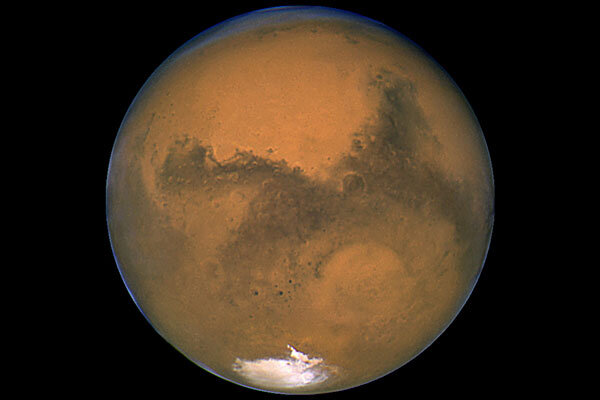 Is NASA focusing too much on Mars?
Is NASA focusing too much on Mars?Even as the Curiosity Mars rover was still testing its equipment in preparation for its surface mission, NASA has unveiled plans for another unmanned mission to Mars. Is the agency playing favorites?
 Why did Japanese scientists make apes inhale helium?
Why did Japanese scientists make apes inhale helium?Gibbons, a family of small ape native to Asia, are able to adjust their vocal anatomy just like the world's best sopranos, a new study involving a captive gibbon and helium-enriched air.
 Antarctica started warming 600 years ago, study finds
Antarctica started warming 600 years ago, study findsCenturies before fossil fuel emissions began warming the globe, Antarctica was heating up, indicates a new research published in Nature.
 Mars rover tracks spell out Morse code message
Mars rover tracks spell out Morse code messageDuring its first test drive on Mars, NASA's Curiosity rover left a Morse code imprint on the Red Planet's surface, a tribute to the one-ton robot's maker.
 Ray Bradbury: Why NASA named Curiosity landing site after SciFi writer
Ray Bradbury: Why NASA named Curiosity landing site after SciFi writerRay Bradbury is the new name for the Mars rover landing site in the Gale Crater. NASA chose Ray Bradbury to honor the iconic writer's legacy and dedication to Mars exploration, NASA officials said.
 Mars rover Curiosity aces test drive, proving it can, indeed, rove
Mars rover Curiosity aces test drive, proving it can, indeed, roveMars rover covered nearly 23 feet in 16 minutes – 'a very big moment,' mission scientists say. The landing site, Bradbury Landing, honors science-fiction writer Ray Bradbury.
 Antarctic Peninsula now almost as warm as 12,000 years ago
Antarctic Peninsula now almost as warm as 12,000 years agoRapid warming of the Antarctic Peninsula is bringing temperatures close to the warmth that followed the end of the last ice age, says lead researcher Richard Mulvaney, a paleoclimatologist with the British Antarctic Survey.
 Scientists could soon begin extracting nuclear fuel from seawater
Scientists could soon begin extracting nuclear fuel from seawaterThe $300-per-pound price is still five times costlier than traditional mining, and a Department of Energy-funded analysis found that to be infeasible in the current economy.
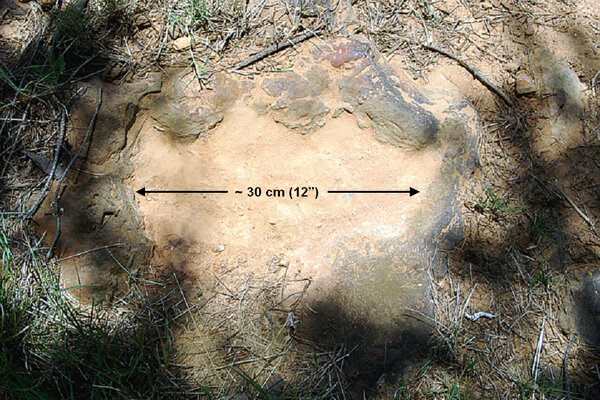 NASA finds spiny dinosaur prints at its Maryland campus
NASA finds spiny dinosaur prints at its Maryland campusStanford has discovered the footprint of a lumbering, spiny dinosaur called a nodosaur in NASA's own backyard on the Goddard Space Flight Center campus.
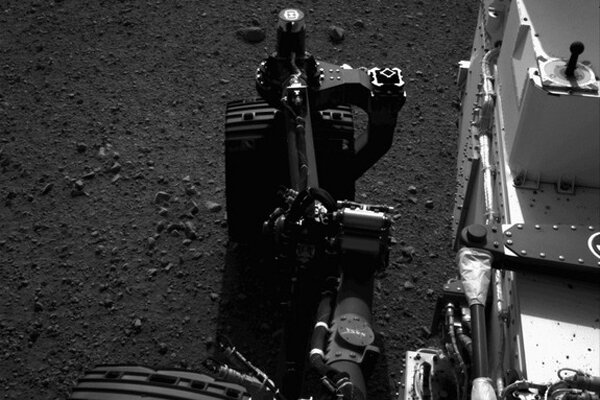 Mars rover Curiosity to go for first drive Weds.
Mars rover Curiosity to go for first drive Weds.Engineers successfully tested the rover's steering abilities on Monday, and now they're ready to turn its six wheels for the first time since Curiosity landed on Mars on Aug. 5, officials announced today.
- Mars rover Curiosity wiggles wheels
Despite a broken wind sensor, NASA prepared its Curiosity rover for a test drive by wiggling four of its six wheels. Wednesday's drive (Curiosity's first on the Red Planet) will take the rover 10 feet and back.
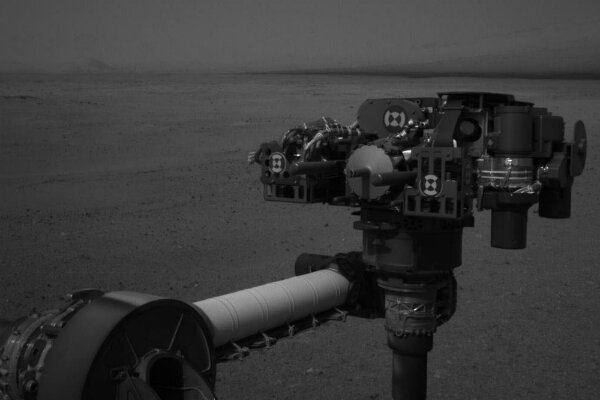 NASA's Mars rover Curiosity gears up for test drive
NASA's Mars rover Curiosity gears up for test driveThe next step in NASA's exploration of Mars is the test drive of its rover, Curiosity, on Wednesday. Curiosity's mission on Mars is to search for signs of life. The rover's broken wind sensor may make its exploration more challenging.
 Mars rover ramps up for its first test drive
Mars rover ramps up for its first test driveNASA's Curiosity rover has aced its first tests on Mars – twist wheel to the left, twist wheel to the right, extend robotic arm, pull it back – now it's heading out for a (nearly) 10-foot test drive.
 Mirrors completed for successor to Hubble telescope
Mirrors completed for successor to Hubble telescopeMade by Ball Aerospace, the 18 beryllium mirror segments for the James Webb Space Telescope are ready to be delivered to NASA.




















